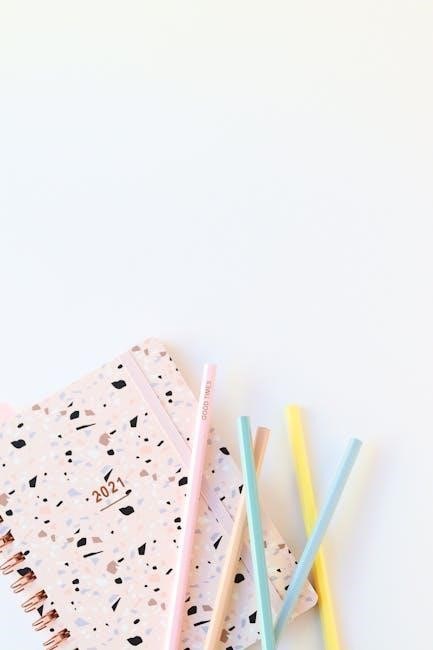The Creative Curriculum for Preschool introduces a play-based approach to learning, with
hands-on activities
and investigations, fostering confidence and creativity in young children naturally everyday.
Overview of the Creative Curriculum for Preschool
The Creative Curriculum for Preschool is a comprehensive curriculum that focuses on project-based investigations, allowing children to explore and learn at their own pace. This approach encourages children to be creative, think critically, and develop problem-solving skills. The curriculum is designed to be flexible and adaptable to meet the needs of diverse learners. It includes a range of activities and materials that support children’s social, emotional, physical, and cognitive development. The Creative Curriculum for Preschool is based on the idea that children learn best through play and hands-on experiences. It provides teachers with a framework for planning and implementing engaging and effective lessons. The curriculum is organized around interest areas, such as art, blocks, and drama, which provide a context for children to explore and learn. By using the Creative Curriculum for Preschool, teachers can create a supportive and inclusive learning environment that fosters children’s curiosity and love of learning.
Importance of Creative Curriculum in Early Childhood Education
The Creative Curriculum plays a vital role in early childhood education, as it provides a foundation for future academic success. By fostering creativity, critical thinking, and problem-solving skills, the curriculum helps children develop into confident and curious learners. The Creative Curriculum also promotes social and emotional development, encouraging children to form positive relationships with peers and adults. Additionally, the curriculum’s focus on play-based learning helps children develop essential skills such as communication, collaboration, and self-regulation. The Creative Curriculum’s emphasis on project-based investigations also helps children develop a sense of agency and ownership over their learning, leading to increased motivation and engagement. Overall, the Creative Curriculum is essential in early childhood education, as it provides a comprehensive and well-rounded approach to learning that prepares children for success in school and beyond. This approach is supported by research and is widely used in preschools and kindergarten classrooms.
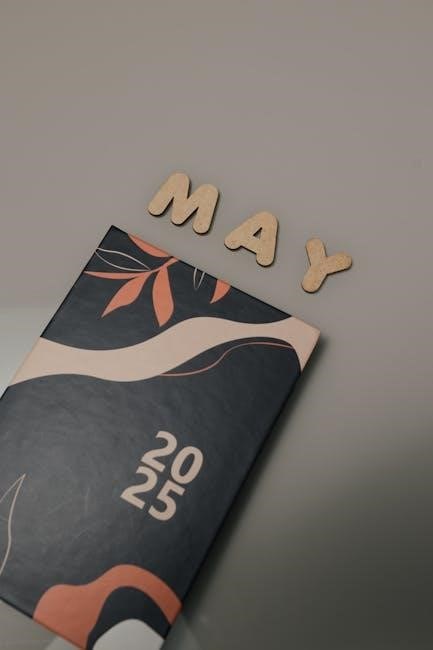
Beginning of the Year Study
The Creative Curriculum study introduces young children to school routines and naturally everyday with play.
Objectives and Goals of the Beginning of the Year Study
The objectives of the Beginning of the Year Study are to help children become familiar with the classroom and school routines, and to establish a sense of community and belonging. This study introduces young children to the daily routines and of the classroom, and provides opportunities for them to explore and learn through play. The goals of this study include helping children to develop social skills, such as cooperation and communication, and to build confidence and independence. The study also aims to help children develop an understanding of the classroom environment and the roles of the teachers and other children. By achieving these objectives and goals, children will be well-prepared for the rest of the school year and will have a strong foundation for future learning and success. The study is designed to be flexible and adaptable to meet the needs of all children.
Lesson Plans and Activities for the Beginning of the Year Study
The lesson plans for the Beginning of the Year Study include a range of activities and experiences designed to help children become familiar with the classroom and school routines. These activities include
interest areas
such as sand and water play, art, and drama, as well as group discussions and story time. The lesson plans also include a question of the day, which helps to focus children’s learning and encourage critical thinking. Additionally, the plans include opportunities for children to explore and learn through play, both indoors and outdoors. The activities are designed to be engaging and fun, while also promoting learning and development. The lesson plans are flexible and can be adapted to meet the needs of all children, including English-language learners. By following these lesson plans, teachers can help children to have a successful and enjoyable start to the school year. The plans are available in a Creative Curriculum Beginning of the Year Study PDF.
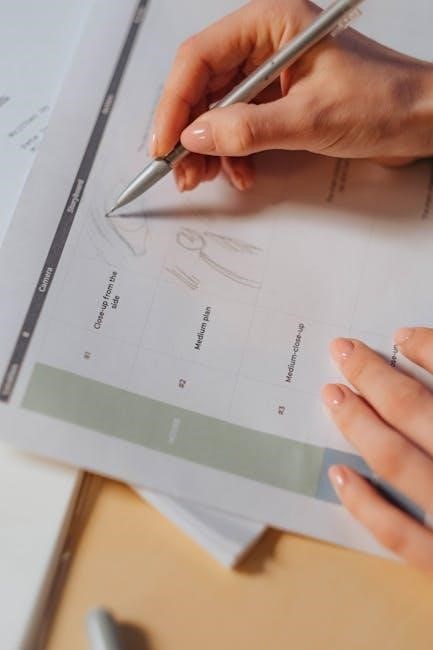
Implementing the Creative Curriculum
Teachers implement the curriculum using
various strategies
to engage students and promote learning effectively always.
Strategies for Engaging Preschool Students
Engaging preschool students requires a range of strategies to promote learning and development, including play-based activities, hands-on investigations, and group discussions. The Creative Curriculum for Preschool provides a framework for teachers to design and implement engaging lessons, with a focus on
student-centered learning
. This approach encourages students to take an active role in their learning, exploring and discovering new concepts and skills through play and investigation. By using a variety of teaching strategies, including question of the day, interest areas, and story time, teachers can create a learning environment that is both engaging and effective. Additionally, the Creative Curriculum for Preschool emphasizes the importance of
family involvement
and community partnerships, recognizing that these relationships are critical to supporting student learning and development. By working together, teachers, families, and communities can provide preschool students with a strong foundation for future success.
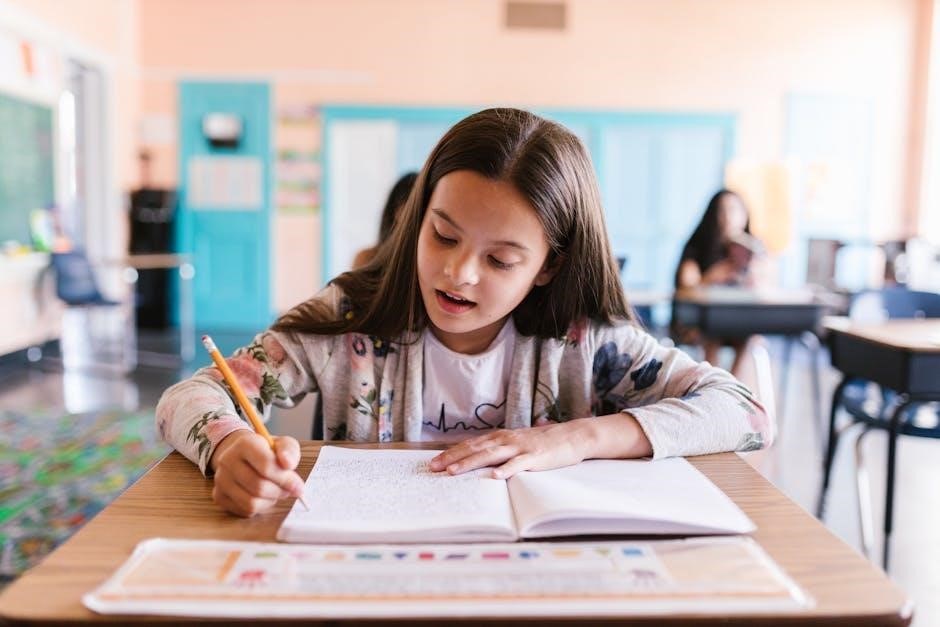
Supporting English-Language Learners in the Creative Curriculum
The Creative Curriculum for Preschool recognizes the importance of supporting English-language learners, providing teachers with strategies to promote language development and cultural sensitivity. Teachers can use visual aids, gestures, and simple language to communicate with English-language learners, making it easier for them to follow lessons and participate in activities. The curriculum also emphasizes the value of
family communication
, encouraging teachers to establish relationships with families and involve them in their child’s learning. By using a variety of approaches, including bilingual support and culturally responsive teaching, teachers can create an inclusive learning environment that supports the diverse needs of English-language learners. This helps to ensure that all students have an equal opportunity to succeed and reach their full potential, regardless of their language background or cultural identity, and provides a strong foundation for future academic success and social development.
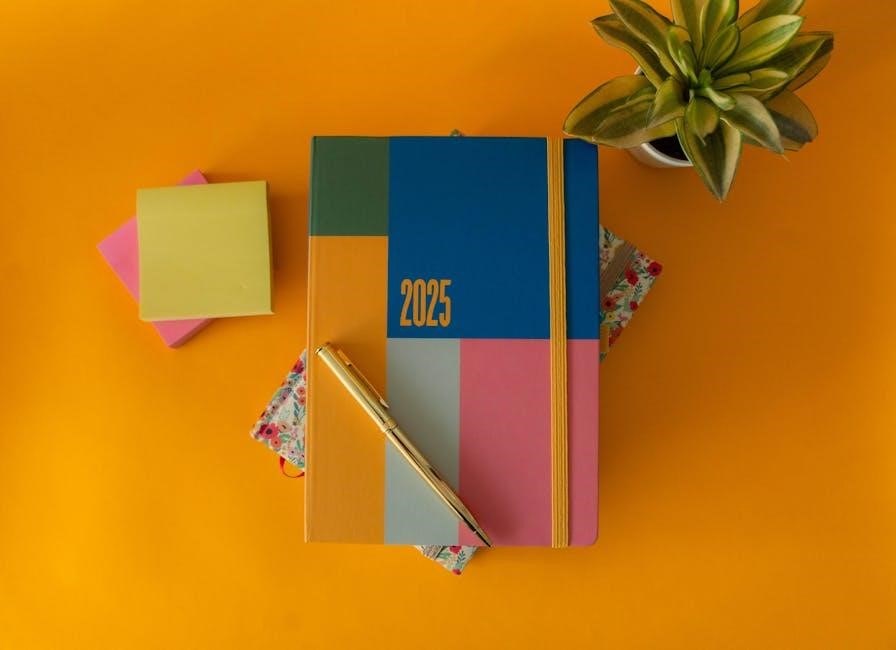
Resources and Materials
Teachers can access the Creative Curriculum Beginning of the Year Study
online for lesson plans naturally everyday.
The Creative Curriculum Beginning of the Year Study PDF is a valuable resource for teachers, providing a comprehensive guide to introducing the Creative Curriculum to preschool students. This PDF document outlines the objectives and goals of the Beginning of the Year Study, including lesson plans and activities designed to support students as they transition into the preschool environment. The Creative Curriculum Beginning of the Year Study PDF is available online, making it easily accessible to teachers and educators. The document includes Focus Questions, interest areas, and story time discussions, all of which are designed to promote learning and exploration. By using the Creative Curriculum Beginning of the Year Study PDF, teachers can create a supportive and engaging learning environment that fosters creativity, confidence, and critical thinking skills in young children. The PDF is a useful tool for teachers looking to implement the Creative Curriculum in their classroom.
Additional Resources for Teachers and Parents
Teachers and parents can access a range of additional resources to support the implementation of the Creative Curriculum, including online forums and communities, where they can share ideas and best practices. The official website of the Creative Curriculum provides a wealth of information, including sample lesson plans, activity ideas, and assessment tools. Furthermore, there are numerous blogs and websites dedicated to the Creative Curriculum, offering tips and advice for teachers and parents. These resources can help to enhance the learning experience for preschool students, and provide valuable support for teachers and parents. By utilizing these additional resources, teachers and parents can work together to create a cohesive and effective learning environment. The resources are designed to be flexible and adaptable, allowing teachers and parents to tailor their approach to meet the unique needs of their students. This flexibility is a key benefit of the Creative Curriculum.
